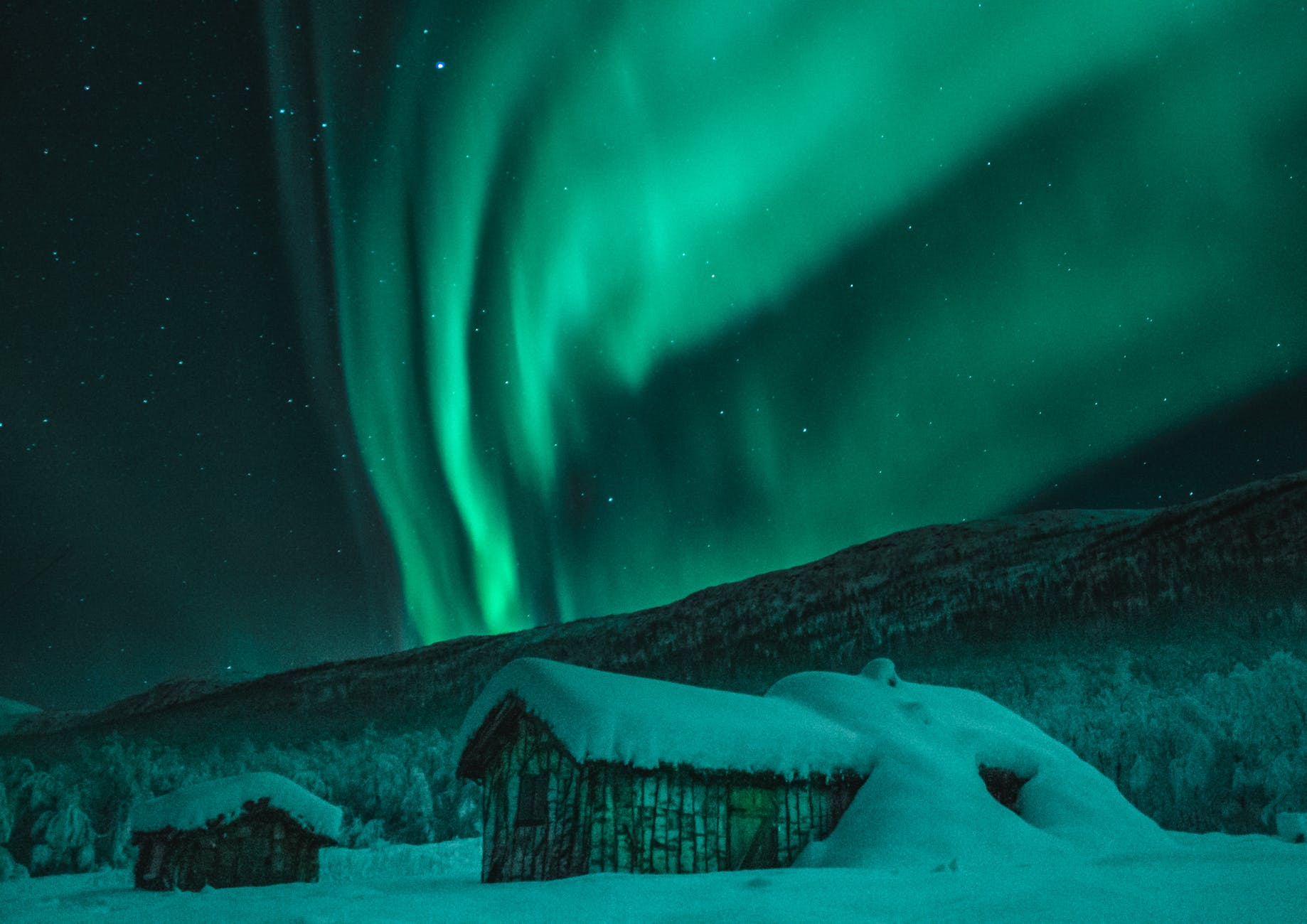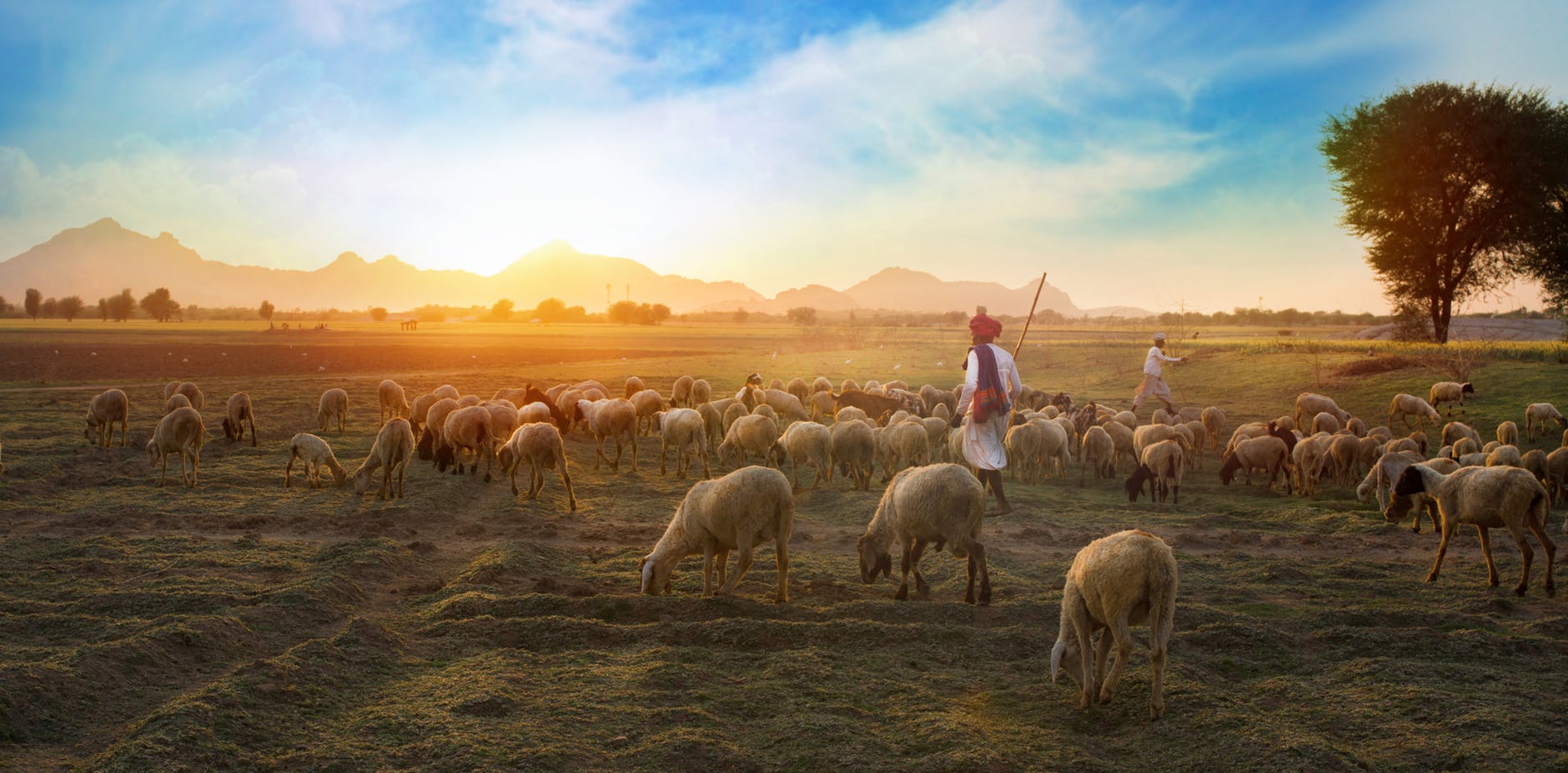
As we’re closing out October, I thought I’d try a new feature, a monthly news roundup of interesting articles I found on the internet. These might be actual news from the month or just articles that were new to me about environmental justice, energy, or other solarpunk themes.
This is an older article, and I’ve referenced in before, but it bears repeating here. Dr. Ayana Elizabeth Johnson wrote in June about how “Racism derails our attempts to save the planet.” It’s an excellent explanation of how confronting racism is a necessary component of fighting climate change.
Vanessa Nakate, a Ugandan climate activist, was interviewed by euronews and discussed how “the global south is not on the front page, but it is on the front line” of climate change. It’s a good look at climate activism from a different lens than the US or eurocentric viewpoint.
Brand new research has resulted in the world’s first room temperature superconductor! Before you jump for joy though, it requires extremely high pressures to make and operate the material. It is a promising step forward toward lossless electrical transmission and storage, however.
A new fusion plant design has been announced by AL_A and General Fusion. It looks to use a hydraulic hammer to compress hydrogen plasma inside a sphere of molten metal to initiate the fusion process.
Vox’s David Robert’s continues his in-depth coverage of the energy sector with a deep dive on geothermal power and its potential as an always-on baseload for renewable power. While I think we should keep our current nuclear plants running as long as possible to keep carbon emissions down, transitioning baseload power to geothermal makes so much sense.
Grist has put together a list of no regrets changes the US could make to change it from a climate laggard to a climate leader. These include electrifying everything, building more robust public transit, and investing in climate resilience programs.
As a damper on clean energy progress, Investigate West and Grist have recently uncovered suppression of research from the US Department of Energy by the current administration. If we want to move forward on climate action, we can’t be ignoring or silencing researchers. I realize y’all already know this, but it’s still some impressive reporting and I thought you might find it interesting.
A new study shows that Just 10% of Covid Recovery Funds could be enough to meet the Paris Climate Accord goals. This is a promising rebuttal to the common refrain that climate action costs too much.
New research indicates the “Great Dying,” the biggest extinction event in Earth’s history, was caused by an increase in atmospheric CO2 from volcanic activity. Ocean acidification, the bane of tidalpunks, and global warming resulted in the death of most of the life on Earth at the time. It is of note that there was more CO2 generated by the volcanic activity, a Siberian supervolcano, than that from anthropogenic causes in our current time. It does provide a sobering reminder that our levels of CO2 must be carefully managed.
The Harvard Business Review has and article from 2018 discussing the advantages of a six hour workday vs the eight hour day that is now common in the United States.
Have you seen any interesting articles related to solarpunk lately? Let us know below!






